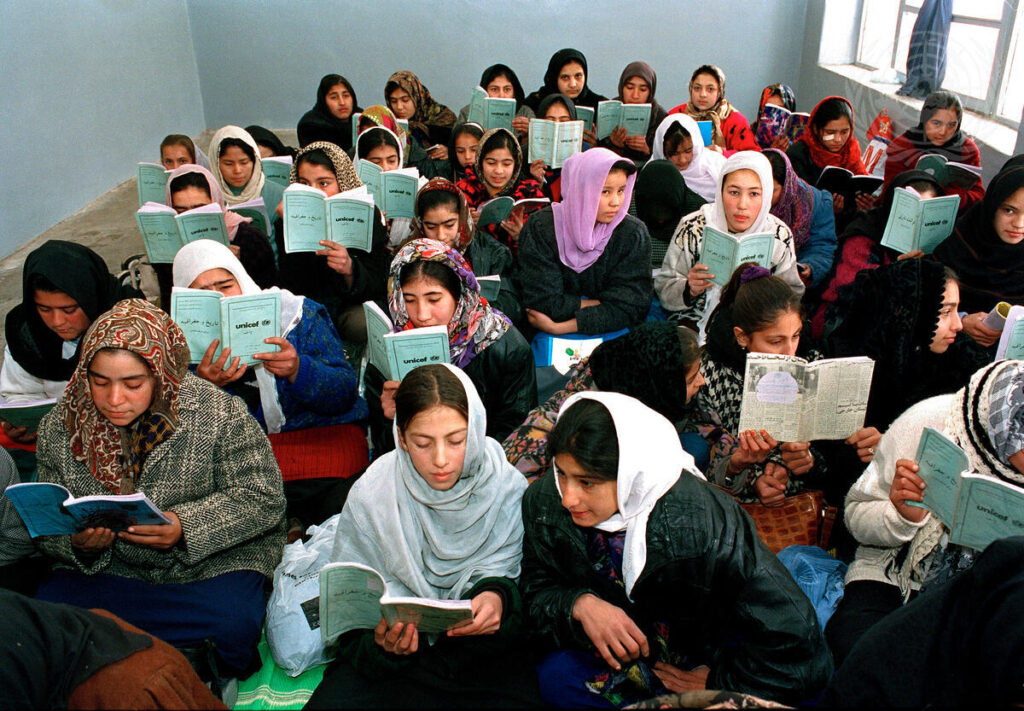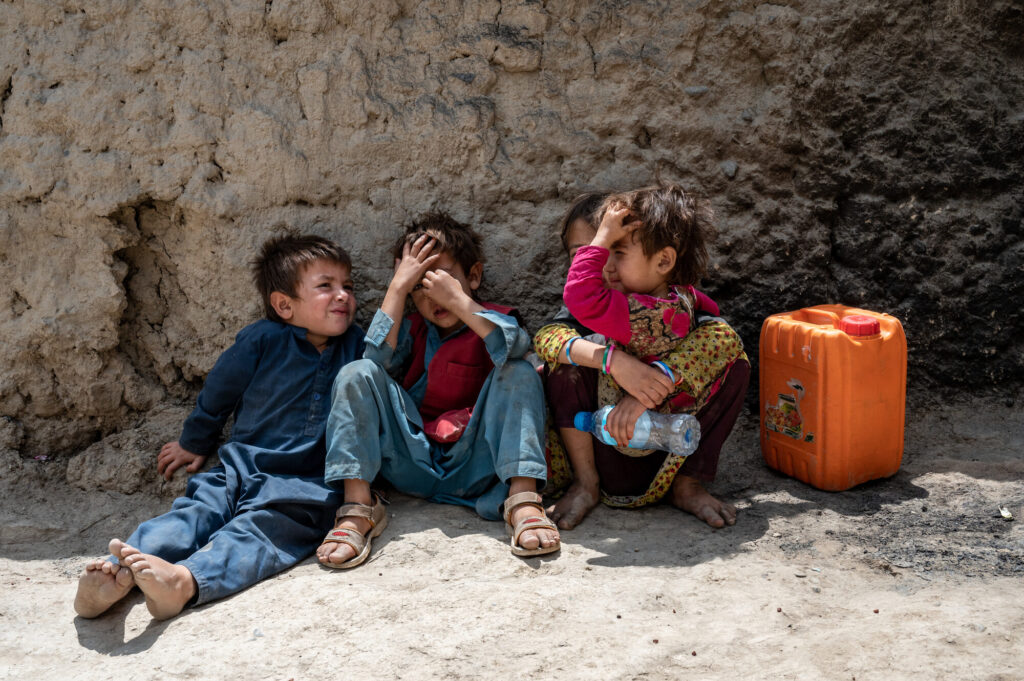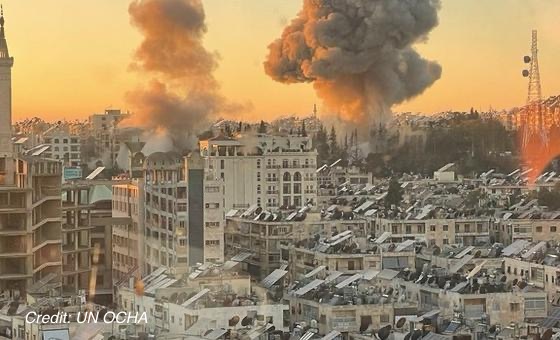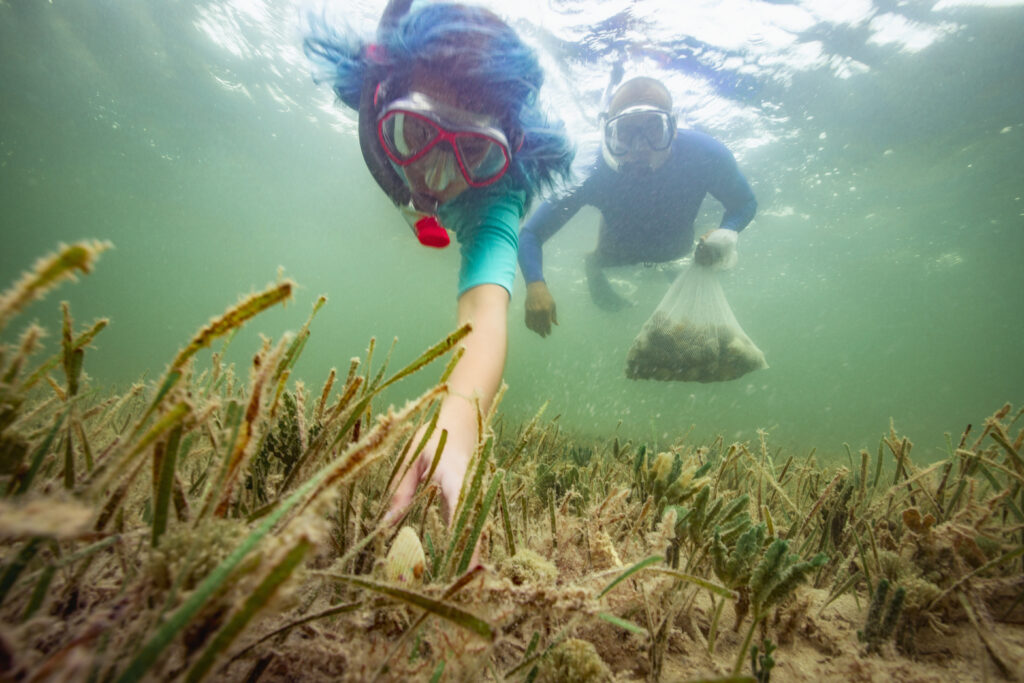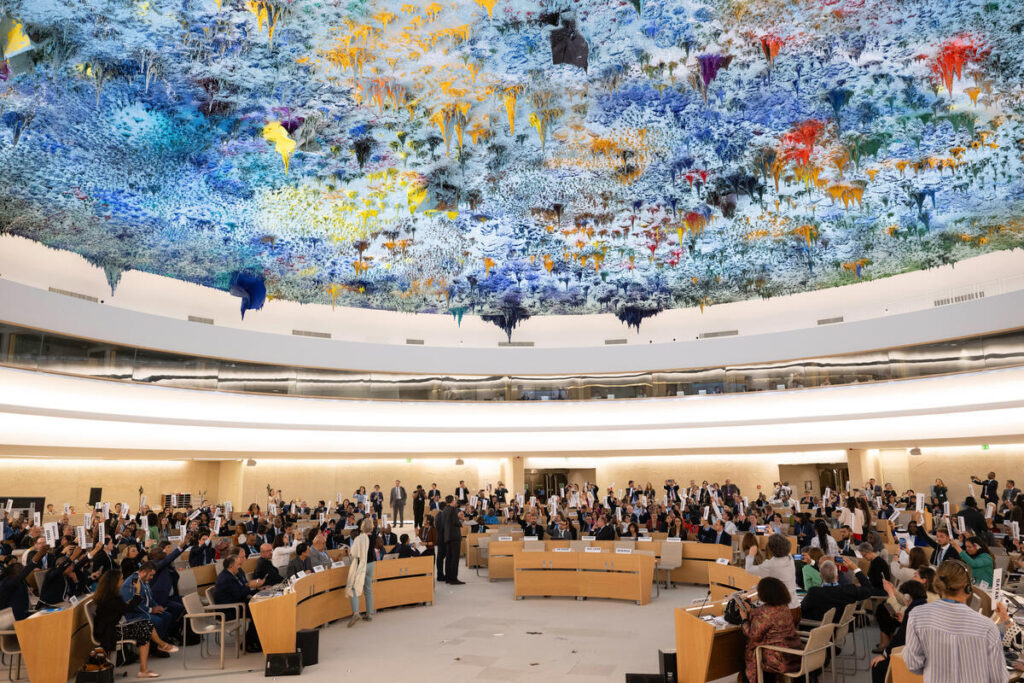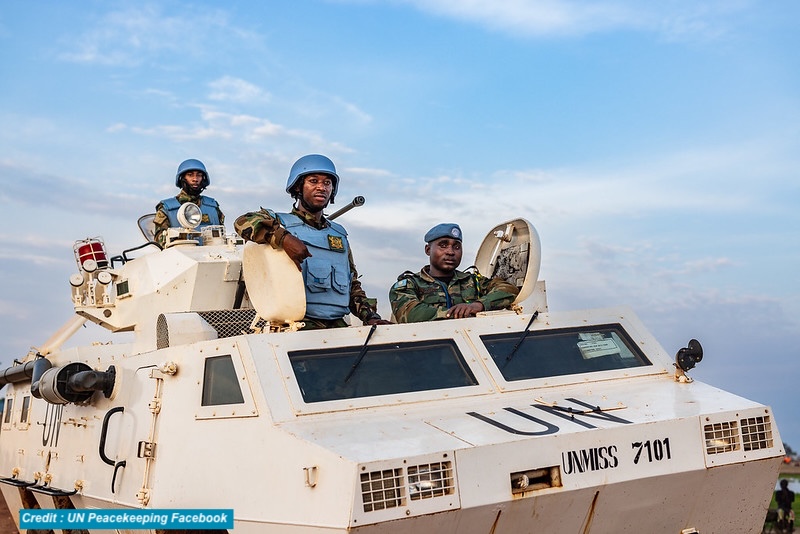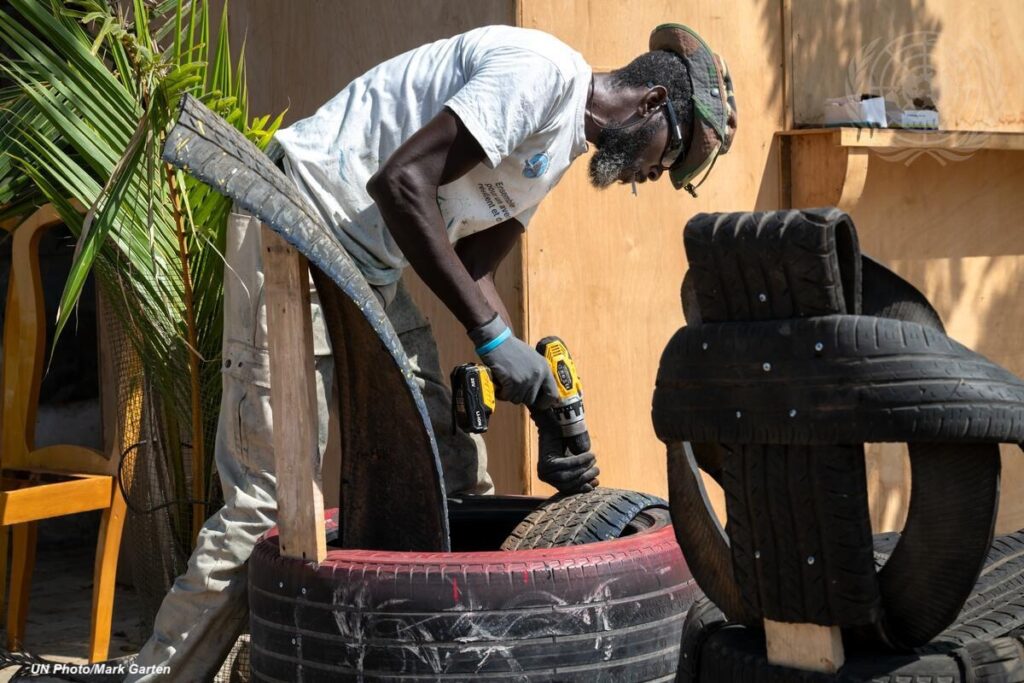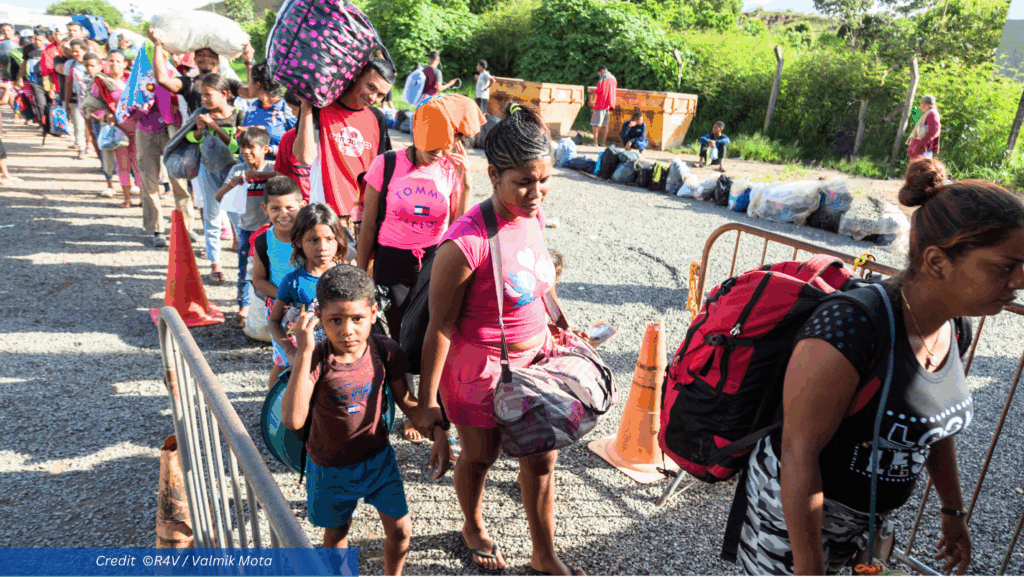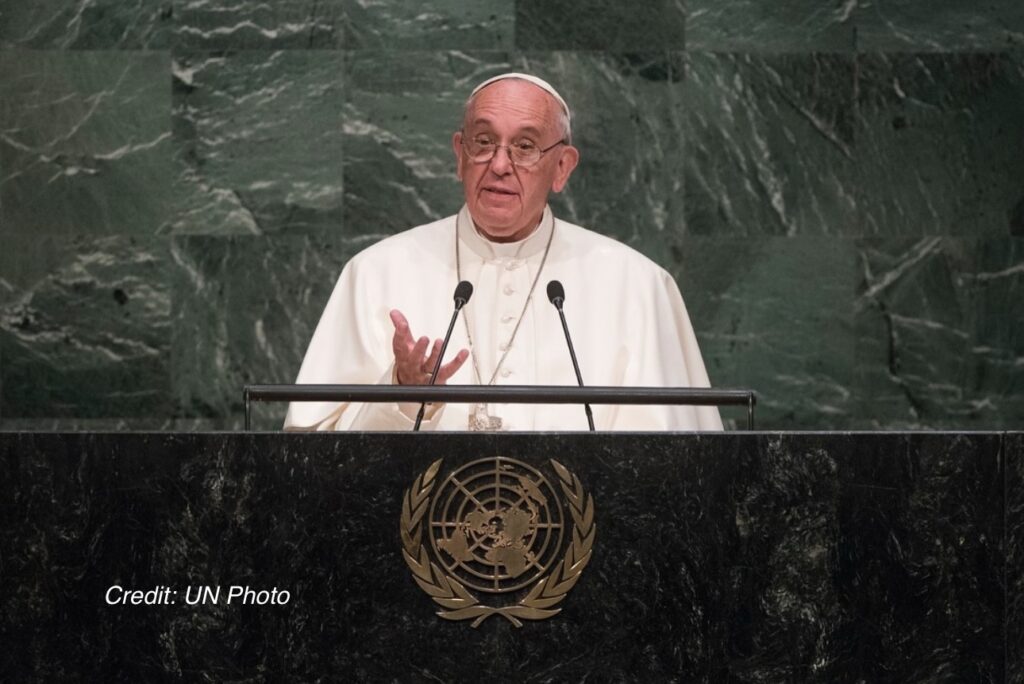Note: The below press release profiles new research by the Norwegian Refugee Council (NRC), the Danish Refugee Council (DRC), and partners through the ProLAC initiative from across Latin America which finds families fleeing violence face movement restrictions, exploitation, and asylum barriers.
One in four families interviewed for the report said that their lives would be at risk if they returned to their place of origin.
Oslo, April 23, 2025 – People across Latin America fleeing violence face movement restrictions, exploitation, and asylum barriers, according to a new report by the Norwegian Refugee Council (NRC), the Danish Refugee Council (DRC), and partners through the ProLAC initiative.
One in four families interviewed for the report said that their lives would be at risk if they returned to their place of origin.
“It’s alarming that so many people across Latin America would face life-threatening risks if they were forced to return to their place of origin,” said Stine Paus, regional director of NRC in Latin America. “Displaced people whose lives have already been shattered by violence must be better supported by the international community where they are. They cannot be forgotten in these times of cuts to aid budgets.”
“We need to see better international protection for those in need. This means giving displaced people whose lives are at risk a safe place to live, where they can enjoy basic rights, live freely, and eventually overcome their vulnerable situation. Instead, various countries in the Americas continue to limit access to asylum and are deporting refugees and migrants without first assessing whether their lives would be at risk.”
The full report is available here.
Without the opportunity to enter a country using a formal route, refugees and migrants are forced to take irregular routes as they seek safety and better opportunities. These routes are often incredibly dangerous and sometimes facilitated by smugglers. Half of the families interviewed said they experienced abuses during their journey with extortion particularly prevalent in Peru, Guatemala and Mexico. Among the families reporting abuses in Mexico, 40 per cent cited being kidnapped in order to be extorted for money.
In their quest for a new beginning, refugees and migrants face discrimination and xenophobia which further complicate their attempt to find safety and integrate into society, forcing some to flee yet again. Women and girls are particularly vulnerable to gender-based violence throughout their displacement.
“Women and girls face the brunt of abuse, and it’s crucial we address their specific needs. We need to improve access to information and our ability to respond to gender-based violence, especially for the most vulnerable groups,” said Yann Cornic, regional operations director for DRC in Latin America.
Internal displacement remains a pressing issue across Latin America. People who flee their homes in search of safer locations but remain within their countries also need protection. In the first months of 2025, intensified violence in Colombia’s El Catatumbo region led to the displacement of over 56,000 people. Countries including Guatemala, México and Ecuador are also grappling with internal displacement yet often lack the necessary frameworks to protect those affected.
“Ongoing rates of internal displacement underscores the urgent need for comprehensive data and legislation to ensure safety and support for displaced individuals within their own borders,” said Cornic.
“National governments should take immediate action to ensure the protection of displaced people. Providing safe access to asylum, protecting people from the dangers they have fled from, and ensuring their rights are respected are essential steps to help them rebuild their lives. UN agencies, civil society organisations and donors play also a key role,” said Paus.
“Addressing the challenges faced by displaced people in Latin America requires political will and coordinated efforts and commitment from both national and international decision makers. It’s time for us to come together and make a difference. We cannot turn a blind eye to the suffering of displaced people in Latin America.”
Note to editors: The ProLAC report analysed data collected between 1 October 2024 and 31 January 2025 across nine countries in Latin America: Colombia, Costa Rica, Ecuador, Guatemala, Honduras, Mexico, Panama, Peru, and Venezuela. The full report is available here.
The quantitative data includes survey results from over 20 locations within these countries, encompassing 3,611 households and representing 11,172 people in total. The qualitative data is derived from 138 key informant interviews, focus groups and direct observation reports. The data was collected by NRC, DRC, Encuentros SJM, Alianza Vencer and Corporación Colectiva Justicia Mujer. More information on the ProLAC’s members is available on the website. The interactive dashboard is available here.
25% of refugees and migrants interviewed at a destination country reported that they would face risks to their lives if they returned to their place of origin. 25% indicated that they would face widespread insecurity and violence, and 18% expressed fear of persecution. Of all those surveyed outside their country of origin, 19% reported having sought international protection.
45% of families in transit said they had suffered abuses, of which 44% were victims of extortion. In countries such as Mexico, this percentage reaches 66%, in Peru 53%, and in Guatemala 62%. 24% of households reported being victims of theft, confiscation or destruction of property.
38% of refugee and migrant families at a destination country reported they had experienced at least one incident of discrimination, discriminatory practices or xenophobia. Peru ranks first, with 65% of the surveyed population reporting this abuse. The host communities are the main perpetrators of such practices (65%).
–24% of the families reported having previously resided in a country other than their current one (and their country of origin), and 13% of them said they left that country due to discrimination.
–18% of the households affected by internal displacement, conflict and other situations of violence have experienced gender-based violence, while 11% and 12% faced it during their journey or in destination countries, respectively.
–Of the total households monitored, 19% suffered at least one forced displacement between October 2023 and January 2025.
–According to international law, States are forbidden to return refugees and asylum seekers to a place where they face serios threats to their life of freedom. The principle of non-refoulement protects people from being sent back to danger. Migrants are also covered in this principle as it applies to all individuals, regardless of their migration status. (OHCHR Principles and Guidelines for Migrants in Vulnerable Situations, 2018).
–The Americas region hosted 23 million forcibly displaced people in 2023, an increase of one million and a half from 2022, driven by displacement situations in Colombia, the Bolivarian Republic of Venezuela, Haiti, northern Central America, Mexico and Nicaragua (UNHCR).
–Since January 2025, in the Catatumbo region of Colombia, 56,000 people have been displaced by violence. This marks one of the largest mass displacements in Colombia in decades (HRW and OHCHR).
–As of 2020, there were approximately 357,000 internally displaced persons in Mexico due to criminal violence (IDMC).
–As of 2023, in Guatemala there were around 242,000 internally displaced persons due to the civil war, which ended in 1996. In 2020, 339,000 new displacements were triggered by hurricanes and other natural disasters (IDMC).
–More than 80,000 people have been forced to flee their homes in Ecuador due to the
About ProLAC – The Danish Refugee Council (DRC) and the Norwegian Refugee Council (NRC, with support from the European Union Humanitarian Aid, have created the ProLAC Initiative. This project offers a unified system for monitoring the protection risks faced by people forced to flee across Latin America. For more information, visit https://prolac.live/en/
Media Contacts: Jessica Wanless
Media Specialist Adviser, Global Public Communications Section, Oslo
Phone: +47 901 67 022
Norwegian Refugee Council
www.nrc.no | Facebook | Twitter
NRC global media hotline: media@nrc.no,+47 905 62 329 – DRC Latin America: col.comunicaciones@drc.ngo, + 57 3142476451
United Nations correspondent journalists – United Nations correspondent journalists – United Nations journalism articles – United Nations journalism articles – United Nations News – UNCA Awards

